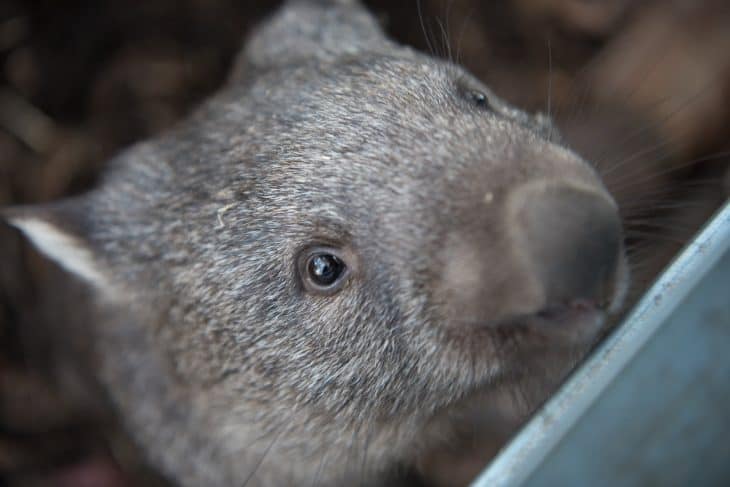
- Scientific Name: Vombatidae
- Classification: Mammalia
- Family: Qadrupedal marsupials
- Habitat: Forests and mountain regions of southeastern Australia and Tasmania
- Diet: Grass, tree roots and shrubs
- Weight: 44 to 77 pounds
- Size: About 40 inches in length
- Habits: They like to dig tunnels
- Lifespan: About 5 years
- Pets: Most species are endangered, so it’s illegal to have them as pets
- Species: The Common Wombat is At Risk
- Families: Mainland Wombats Are a Different Species
- Diversity: Hairy-Nosed Wombats Are Extremely Divers
- Talents: Wombats Are Born Diggers
- Peculiarity: Wombats Have Backward Pouches
- Defenses: Wombats Use Their Buttocks for Defense
- Teeth: Wombat Teeth Are Always Growing
- Myth: Wombats Are Not as Helpless as They Look
- Unusual: Wombats Have Square Poop
- Survival Trait: Wombats Have Extremely Slow Metabolisms
- Wombats Can Reach Speeds of 25 mph
- Wombat Lifespans Vary Greatly
- Wombats Were Once the Size of Rhinoceroses
- Wombat Was Once a Popular Meat
- It Was Once a Fad to Have a Pet Wombat
Wombat Facts Infographics
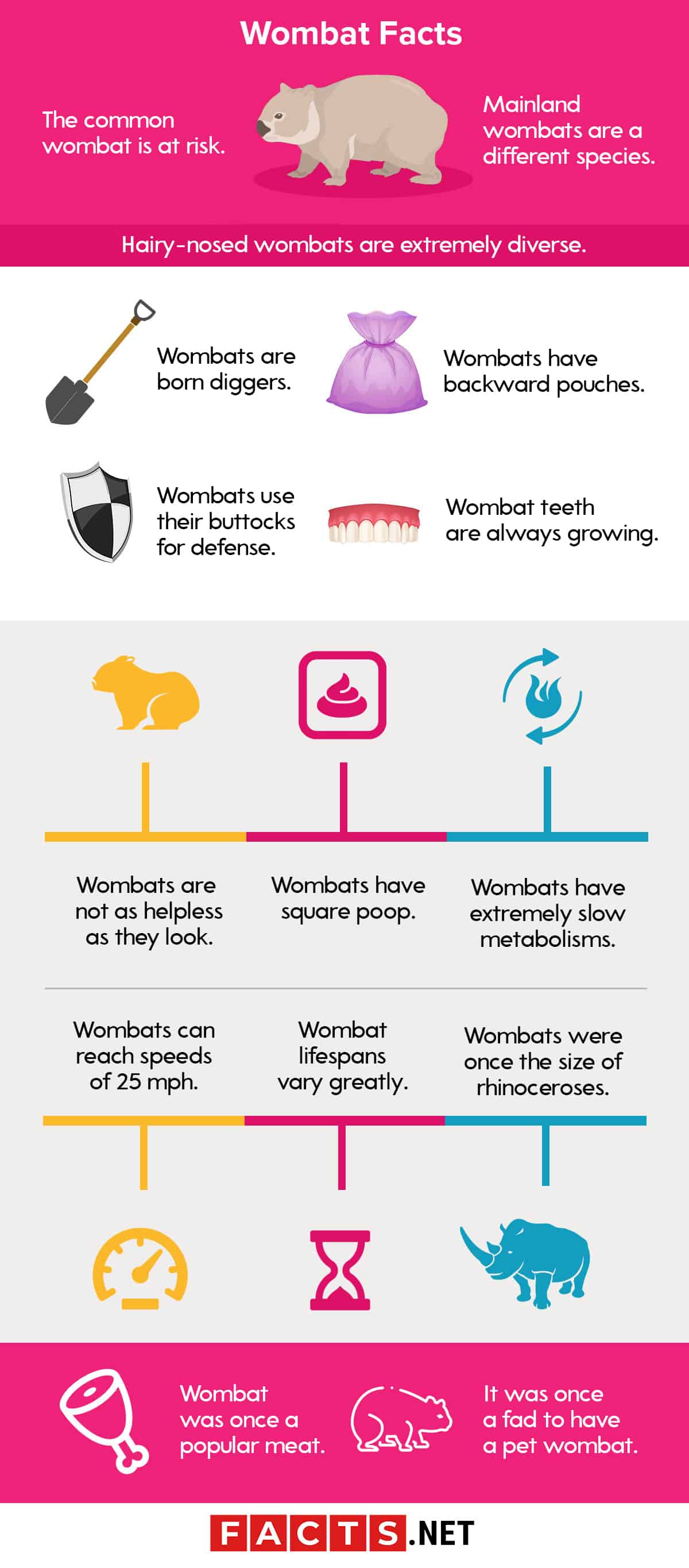
The Common Wombat is At Risk

Wombats are a diverse species. Despite this, perhaps the saddest of our wombat facts is that the bare-nosed species is the one currently most in danger of becoming extinct. Bare-nosed wombats have many names, such as common wombat, coarse-haired wombat, naked-nosed wombat, forest wombat, island wombat, and Tasmanian wombat. Unlike their hairy-nosed cousins in other parts of Australia, the common wombat’s nose is completely free of hair. Though people still often call them bare-nosed wombats, zoologists prefer to call them common wombats.
Mainland Wombats Are a Different Species
Those on the Australian mainland are considered to be a distinct species called vombatus ursinus hirsutus, which is Latin and roughly translates as hairy wombat resembling a bear. They also have cousins living on other islands. Those that live in Tasmania are called vombatus ursinus tasmaniensis, while those that live on Flinders Island are called vombatus ursinus ursinus. The island breeds are a lot smaller than their mainland cousins, but as their ursinus, name suggests, they all look a lot like small bears.
Hairy-Nosed Wombats Are Extremely Diverse
Wombats as a whole are incredibly diverse, yet have so many similar traits, that even expert scientists can’t agree as to whether or not they are made up of two or three distinct species. It is generally agreed, however, that there are two basic types: the southern hairy-nosed wombat (lasiorhinus latifrons) and the northern hairy-nosed wombat (lasiorhinus krefftii). Unlike their bare-nosed cousins, the hairy-nosed variety look like small, pudgy dogs.
Wombats Are Born Diggers
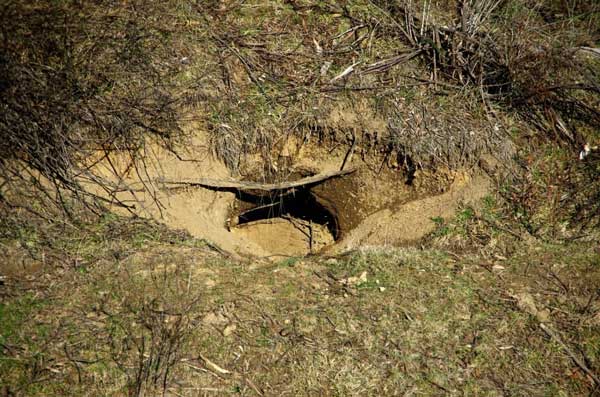
Wombats live in extensive burrows beneath the ground. Their bodies are barrel-shaped, while their feet end in long claws that allow them to easily push dirt aside. Since they’re very hard working creatures, these animals can move aside about three feet of dirt a day. While common wombats are generally solitary creatures, others species are very social and dig tunnels together. A group of wombats is called a wisdom, and those who live together create vast and inter-connected tunnel systems which are called colonies.
Wombats Have Backward Pouches
Because of their lifestyle, wombat pouches are unique. While marsupial pouches open up toward the animal’s head, wombat pouches open downward, toward their rears. This design ensures that their pouches don’t fill up with dirt when they dig and move about underground. While other marsupial infants have to climb down into their mother’s pouches, wombat joeys (baby marsupials) have to climb up into them. Fortunately, wombats spend most of their time on all fours, which keeps their babies from falling out.
Wombats Use Their Buttocks for Defense
One of our funniest wombat facts involves how they protect themselves when threatened. Their rumps are made up mostly of cartilage, which is a hard, bone-like material with very few nerve endings. So, if they’re attacked outside the protection of their underground homes, they’ll simply run head first into their burrows. This also ensures that their backsides block the entrance, keeping predators out and protecting any young wombats inside. Even if they get swiped from behind, they won’t get hurt much.
Wombat Teeth Are Always Growing
Wombat teeth are not like ours, which only grow to a certain size and shape before they stop growing. Past a certain age, our teeth won’t grow at all, even if we lose them. By contrast, these creatures’ teeth are very sharp and are always growing. To keep them trimmed, wombats have to constantly chew on hard things like rough bark and other tough vegetation. If they don’t do this, their teeth would grow too big for them to manage, making life very difficult.
Wombats Are Not as Helpless as They Look
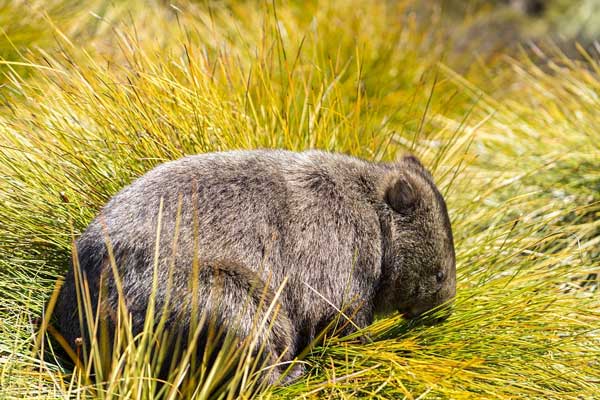
Because wombats are very cute and small, they’re often underestimated. Most people believe that their main defense lies in running away and hiding underground. Therefore, one of our little-known wombat facts is that several people are injured every year in wombat attacks. Injuries sustained include scratches from their sharp claws, and serious bites, which can lead to infection. There have also been reports of people being knocked over, because they don’t realize how strong wombats can be when they feel threatened.
Wombats Have Square Poop
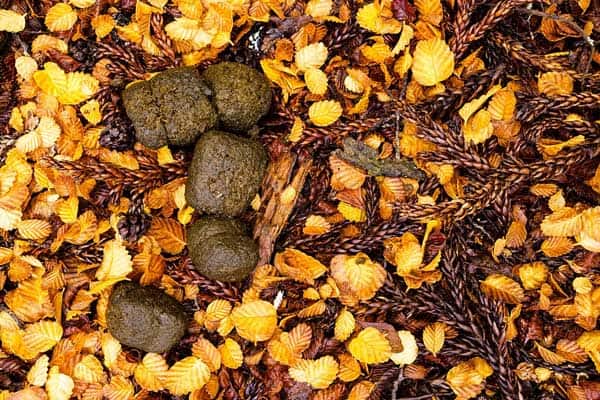
Most Australians have never seen them in the wild, but among the well-known wombat facts is that you can find their burrows because of their poop. The cartilage in their rear allows them to squeeze out their feces in square shapes. They do this as a warning signal. Since they’re territorial, they want you to know what to stay away from. If their feces were round, it might roll away. By keeping them square, they’ll stay right where the wombat leave them.
Wombats Have Extremely Slow Metabolisms
Wombats live in hot, dry places, and while their burrows provide some protection, they can only do so much. One of the most interesting wombat facts, therefore, involves how they keep cool. They have one of the slowest metabolisms in the world. It takes the average adult wombat as many as 14 days to fully digest its food. This makes sure that the wombat’s metabolism doesn’t work too hard and overheat its body. It also explains why wombats move slowly, except when threatened.
Wombats Can Reach Speeds of 25 mph
Because of their slow metabolisms, wombats wobble and move about very slowly. This is another reason many people and predators underestimate them. Among the little well-known wombat facts is that they can reach speeds of up to 25 mph if threatened. They can keep this impressive speed up for as long as a minute and a half. Since they weigh between 44 to 77 pounds and because they’re so solidly built for tunnel digging, they can easily bowl an adult human over.
Wombat Lifespans Vary Greatly
In the wild, wombats live for an average of five years, though some will live for as long as 10 to 15 years. It all depends on the food supply and how well they can stay away from predators. In captivity, however, they can live a lot longer. The longest-lived wombat known so far is Patrick, a famous mascot at the Ballarat Wildlife Park. In 2015, he turned 30. Patrick is also the biggest known wombat, and weighs in at 88 pounds.
Wombats Were Once the Size of Rhinoceroses
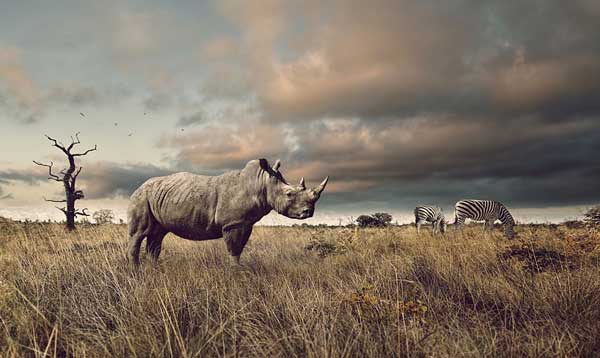
Although wombats are now rather small creatures about the size of dogs, they weren’t always so. Fossil records show that during the Ice Age (which lasted some 2.4 million to 11,500 years ago), wombats were actually the size of rhinos. The latter stand up to 6 feet tall, and weigh between 3,000 and 5,000 pounds. It’s believed that the Australian Aborigines used to hunt these giant wombats, for food and for their fur, which must have been dangerous!
Wombat Was Once a Popular Meat
Up until the 20th century, wombat meat was an Australian staple, both for the Aborigines and the early European settlers. Since they lived nowhere else in the world, wombat stew became a traditional meal, one locals took pride in because of its uniqueness. While they are protected today, many farmers and ranchers consider wombats a nuisance because of how they dig in the dirt and ruin crops. As such, some people have no qualms about killing wombats, despite their current endangered status.
It Was Once a Fad to Have a Pet Wombat
Fortunately, not all Australians turned wombats into soup, nor did everyone consider the creatures to be nothing more than a nuisance. It was once considered fashionable to have a wombat pet, especially since they are sociable and love to have their bellies rubbed. The fad came to an end when owners discovered how much their pets loved to dig, and they began ruining well-kept lawns, gardens, and farms. And once they’ve dug in, wombats will stay underground for as long as they like!
Wombat Facts – Facts about Wombats Summary
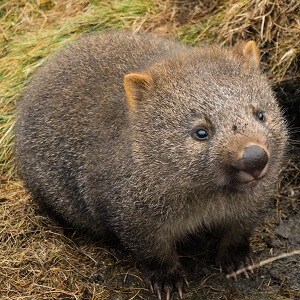 Wombats are incredibly diverse, so much so that even zoologists can’t agree on how many species there are. One branch looks like small bears, while another looks like small dogs. They’re generally solitary, nocturnal creatures who live in burrows, and are unusual for their backward pouches. Though cute, they can be deadly if threatened. Their numbers have been dwindling, however, which is why they are protected in every state, apart from Victoria. As such, it’s illegal to kill or adopt wombats, or turn them into pets.
Wombats are incredibly diverse, so much so that even zoologists can’t agree on how many species there are. One branch looks like small bears, while another looks like small dogs. They’re generally solitary, nocturnal creatures who live in burrows, and are unusual for their backward pouches. Though cute, they can be deadly if threatened. Their numbers have been dwindling, however, which is why they are protected in every state, apart from Victoria. As such, it’s illegal to kill or adopt wombats, or turn them into pets.
Was this page helpful?
Our commitment to delivering trustworthy and engaging content is at the heart of what we do. Each fact on our site is contributed by real users like you, bringing a wealth of diverse insights and information. To ensure the highest standards of accuracy and reliability, our dedicated editors meticulously review each submission. This process guarantees that the facts we share are not only fascinating but also credible. Trust in our commitment to quality and authenticity as you explore and learn with us.
